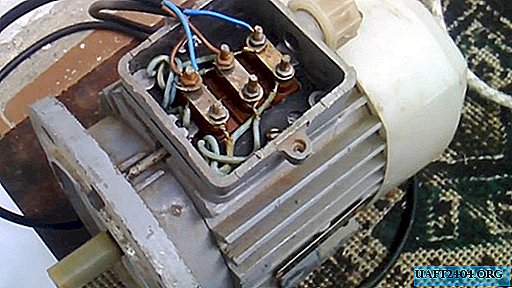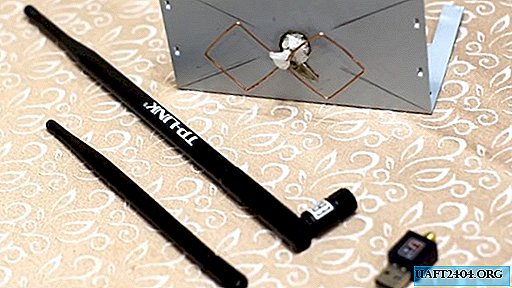Share
Pin
Tweet
Send
Share
Send

The article is devoted to the possibility of starting a three-phase asynchronous motor with a power of 250 W from a 220 V network not using a starting capacitor, but using a home-made starting electronic device. Its circuit is very simple: on two thyristors, with thyristor switches and transistor control.
Device diagram

This engine control is little known and practically not used. The advantage of the proposed starting device is that significantly reduces the loss of engine power. When starting a three-phase 220 V motor using a capacitor, the loss of power is at least 30%, and can reach 50%. Using this starter reduces power loss by up to 3%, with a maximum of 5%.


Single-phase network is connected:

The starter is connected to the motor instead of the capacitor.

A resistor connected to the device allows you to adjust the engine speed. The device can also be turned on to reverse.

For the experiment, an old Soviet-made engine was taken.

With this starting device, the engine starts instantly and works without any problems. This scheme can be used on almost any engine with a power of up to 3 kW.

Note: in a 220 V network, motors with a power of more than 3 kW simply do not make sense - turning on household wiring can not withstand the load.
In the circuit, you can use any thyristors, the current of which is at least 10 A. Diodes 231, also 10-ampere.
Note: the author has installed 233 diodes in the circuit, which does not matter (only they go with a voltage of 500 V) - you can put any diodes that have a current of 10 A and hold more than 250 V.
The device is compact. The author of the circuit assembled the resistors simply in sets, so as not to waste time on the selection of resistors at face value. No heat sink required. A capacitor, a zener diode, two diodes 105 are installed. The circuit turned out to be very simple and efficient in operation.

Recommended for use - assembly of the starting device will not cause problems. As a result, when connected, the engine starts at its maximum power and almost without its loss, unlike the standard circuit using a capacitor.
Watch a video about the operation of the device
Share
Pin
Tweet
Send
Share
Send











